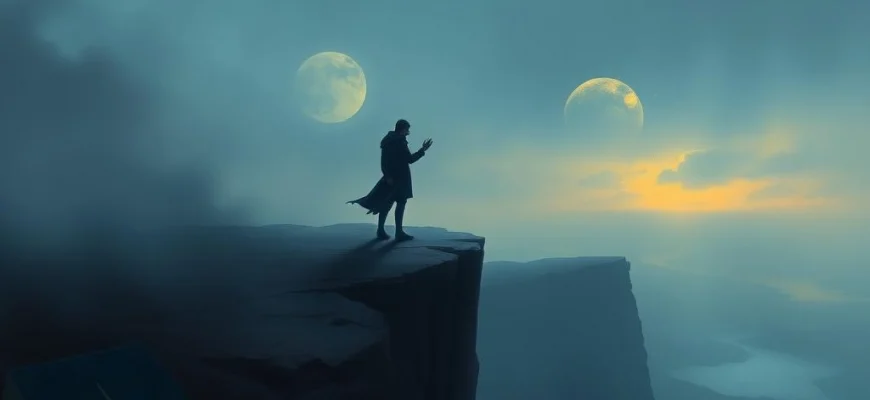If you were captivated by the haunting beauty and philosophical depth of The Life of Death (2015), this article is for you. We’ve curated a list of 10 similarly mesmerizing movies and shows that explore themes of mortality, existentialism, and the surreal. Whether you're drawn to its poetic storytelling or its visual artistry, these recommendations will satisfy your craving for thought-provoking cinema.
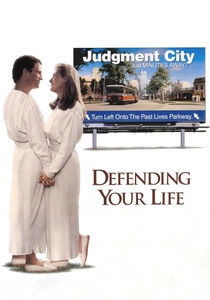
Defending Your Life (1991)
Description: A unique blend of comedy and philosophical inquiry into the afterlife, examining how one's life choices are judged in a celestial courtroom setting.
Fact: Albert Brooks both wrote and directed the film, which features an afterlife where you can eat as much as you want without gaining weight. Meryl Streep's character was originally written for a younger actress.
 Watch Now
Watch Now 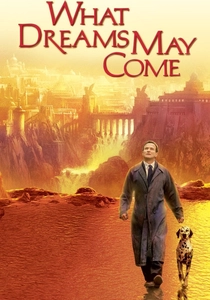
What Dreams May Come (1998)
Description: A visually lush and emotionally profound journey through the afterlife, exploring love, loss, and redemption with a mix of surreal imagery and heartfelt drama.
Fact: The film won an Academy Award for Best Visual Effects. Its depiction of heaven was inspired by the works of various artists, including Dalí and Bosch.
 Watch Now
Watch Now 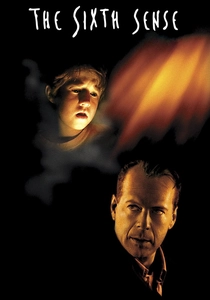
The Sixth Sense (1999)
Description: A psychological thriller that masterfully blends supernatural elements with deep emotional themes of communication, unresolved issues, and the thin veil between life and death.
Fact: The iconic line 'I see dead people' was ranked as one of the most memorable movie quotes by the American Film Institute. The film's twist ending became a cultural phenomenon.
 Watch Now
Watch Now 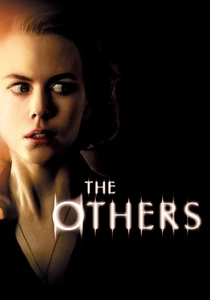
The Others (2001)
Description: A gothic horror story that explores themes of denial, the afterlife, and the unseen world, with a slow-burning tension and a shocking revelation about the nature of existence.
Fact: The film was shot almost entirely using natural light to maintain its eerie atmosphere. It was a critical and commercial success, reviving the gothic horror genre.
 Watch Now
Watch Now 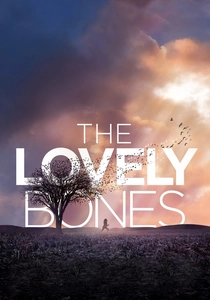
The Lovely Bones (2009)
Description: A haunting story about a murdered girl watching over her family from the afterlife, blending elements of fantasy, drama, and suspense with themes of loss and closure.
Fact: The film's ethereal afterlife sequences were inspired by the paintings of Andrew Wyeth. It was originally set to be directed by Lynne Ramsay before Peter Jackson took over.
 Watch Now
Watch Now 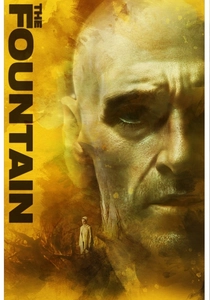
The Fountain (2006)
Description: A poetic and visually stunning meditation on love, death, and the search for immortality, weaving together three interconnected stories across different time periods.
Fact: The film's production was delayed by several years due to budget constraints and original star Brad Pitt's departure. Much of the film's visual effects were achieved practically, using microscopic photography.
 Watch Now
Watch Now 
The Tree of Life (2011)
Description: An ambitious and visually poetic exploration of existence, memory, and the cosmos, blending intimate family drama with grand metaphysical questions about life and death.
Fact: The film features a groundbreaking sequence depicting the creation of the universe, created with the help of special effects guru Douglas Trumbull. It won the Palme d'Or at Cannes.
 Watch Now
Watch Now 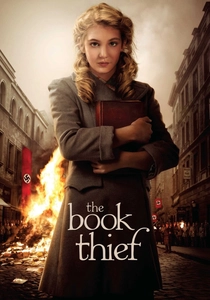
The Book Thief (2013)
Description: Explores themes of mortality and the impact of death through the lens of a young girl's experiences during WWII, blending historical drama with a poignant narrative about loss and memory.
Fact: The film is based on the best-selling novel by Markus Zusak, which is narrated by Death itself. It was shot on location in Germany to maintain authenticity.
 Watch Now
Watch Now 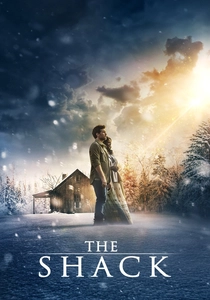
The Shack (2017)
Description: A spiritual journey through grief and forgiveness, where a grieving man encounters various manifestations of the divine in an emotional exploration of faith and loss.
Fact: The film is based on the controversial best-selling novel by William Paul Young. Some scenes were shot in the actual locations described in the book.
 Watch Now
Watch Now 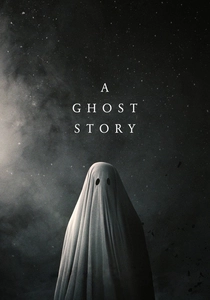
A Ghost Story (2017)
Description: A meditative and visually striking exploration of grief, time, and the afterlife, focusing on a ghost's silent observation of the living world.
Fact: The ghost's costume was intentionally simple, made from a bed sheet, to evoke a childlike representation of a spirit. The film features an unbroken 5-minute scene of a character eating a pie.
 Watch Now
Watch Now 
